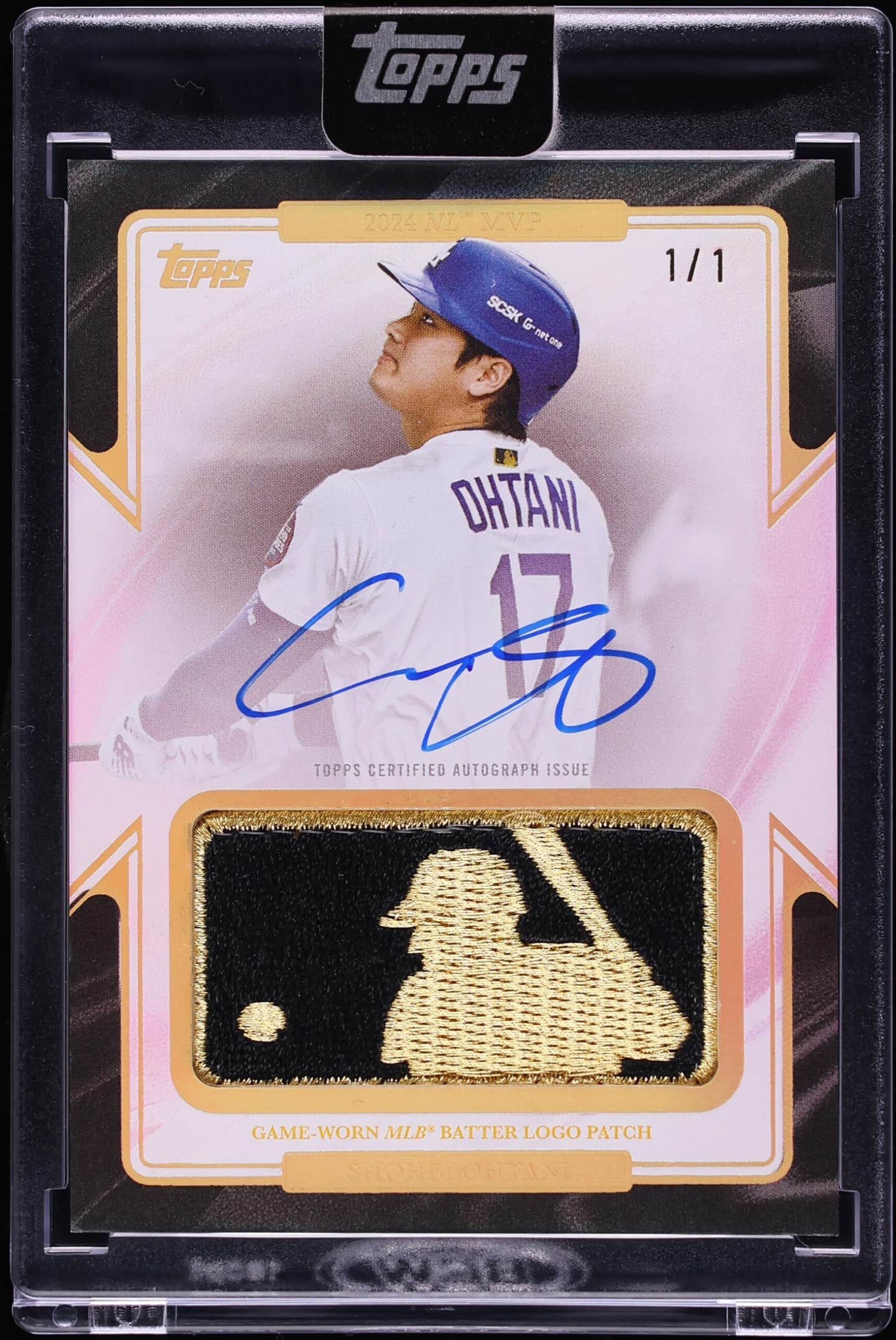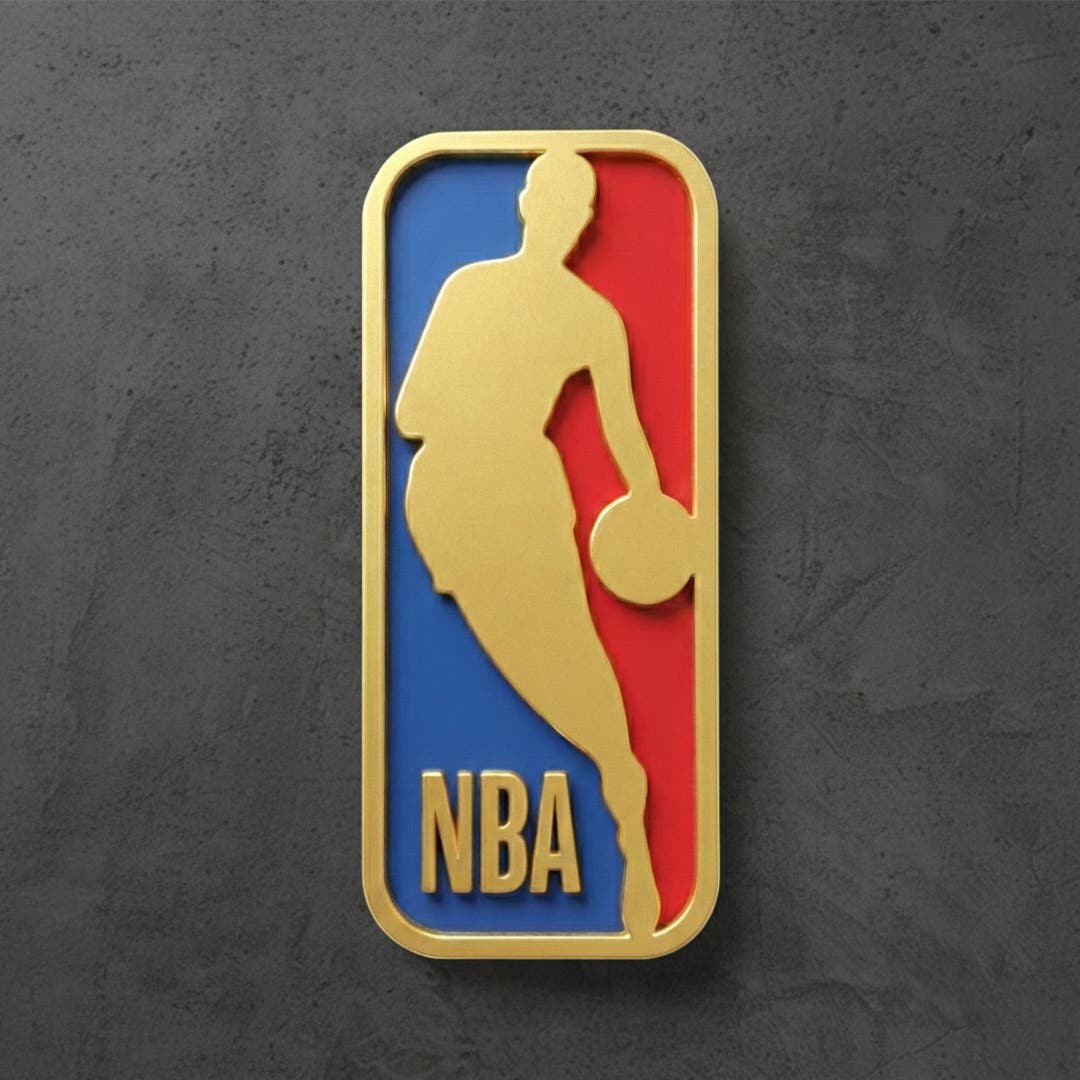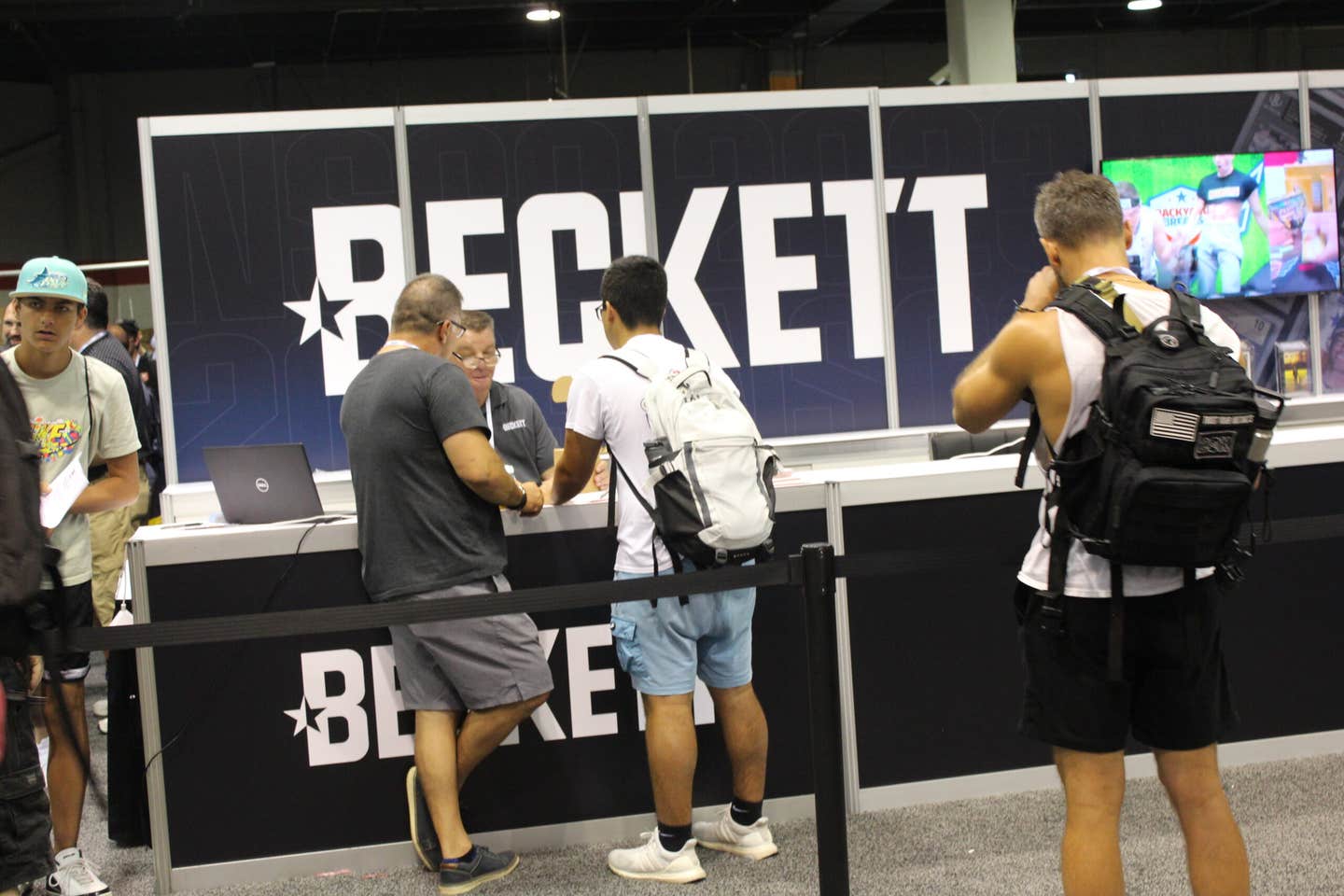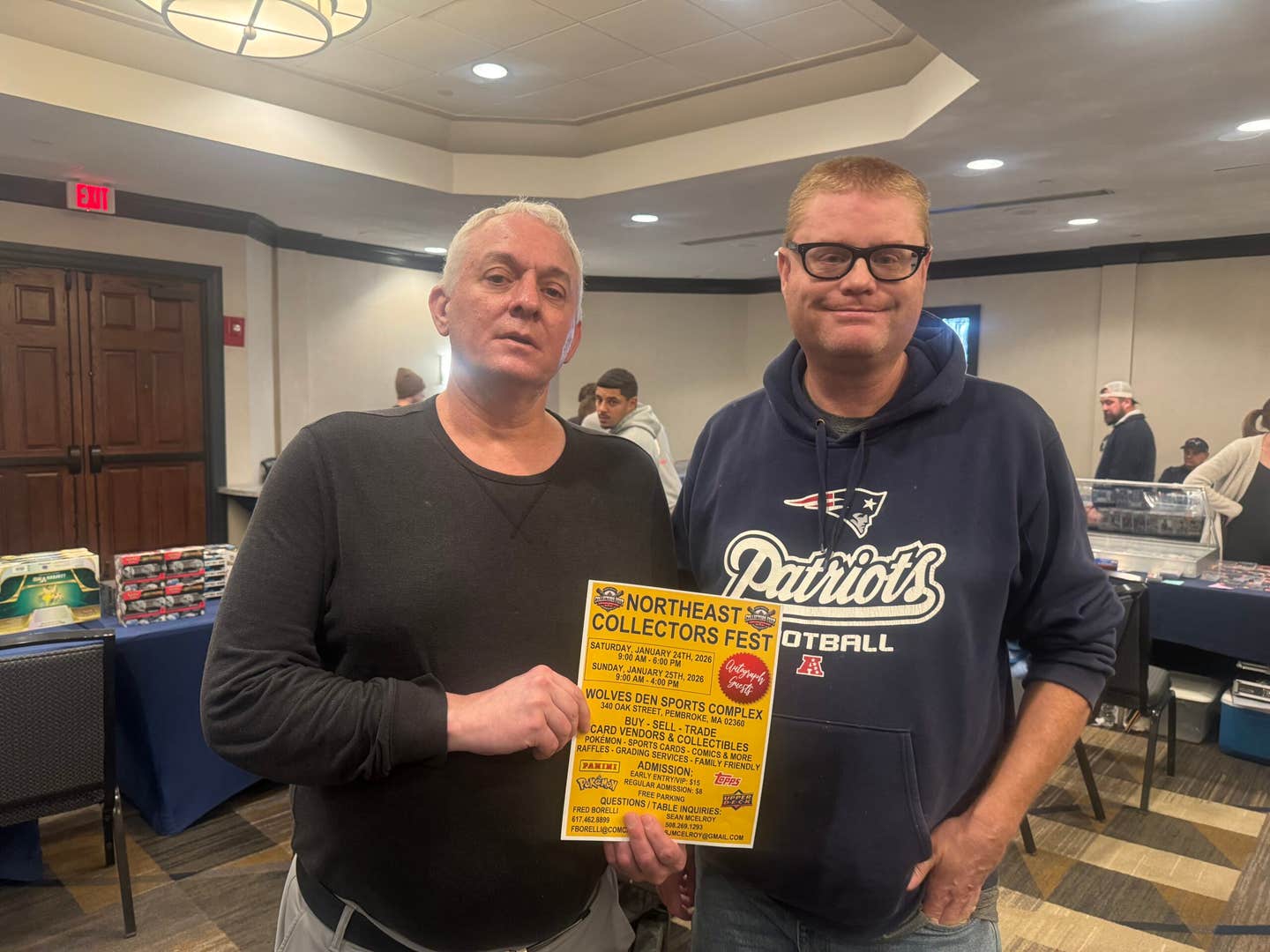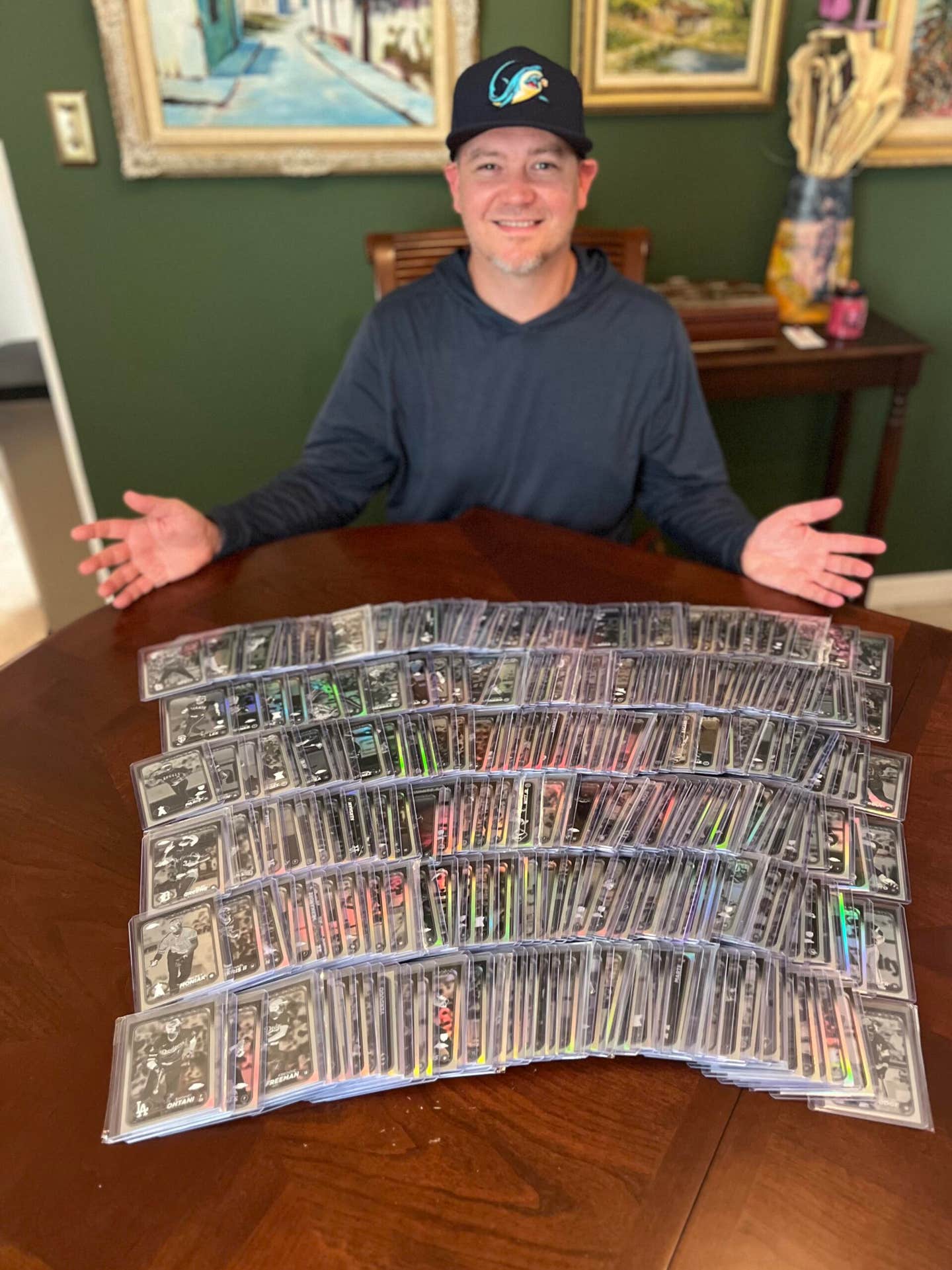Cards
1970s Topps Baseball Revisited Part II
This is the second installment of a rerun of a story I did about 1970s Topps baseball issues. It is being run as I am taking a few vacation days to head up to play golf in Northern Wisconsin and the Upper Peninsula of Michigan. I’ll be back with live programming on Wednesday, Sept. 22. The reruns will run Friday, Monday and Tuesday. – O’Connell
1977
Despite such innovative breakthroughs like Big League Brothers and Turn Back the Clock cards, the 1977 set is arguably even more boring than its predecessor. Even something as classically entertaining as World Series cards get rough treatment here; The Red’s epic sweep of the Yankees is commemorated by five crummy photos smooshed into three lonely cards. Pretty shabby when compared to the nifty World Series cards that kicked off the genre 17 years earlier. The playoffs also got the Readers Digest handling, with one card for each league.
Since the total card count was kept at 660 despite the addition of two new expansion teams, it is understandable that things might have been a little tight. Still, including something as marginal as Turn Back the Clock at the expense of World Series cards shows questionable judgment. If something positive need be said, Topps thankfully took a break from their traded sets in 1977, a concept that would not return until the Renaissance in 1981, to continue to the original metaphor. That shows you just how magnanimous we can be, to call the arrival of Fleer and Donruss in 1981 a “Renaissance.”
1978
While the baseball card collecting hobby was undergoing the beginnings of a major expansion, Topps continued to apply historical perspective by turning out the 1978 yawner. There’s nothing really wrong with the set, but there’s little to get excited about as well. The dominant design element in this set was the scripted version of the team nickname in the lower left-hand corner. That just about says it all.
Topps did make one concession to the recent expansion of both the Major leagues and the hobby; they enlarged the set to 726 cards, which, of course, meant that the company would again be double printing certain cards on each of six sheets.
Distributing the additional spaces hardly proved to be a problem, but despite what should have been the extra space, Topps tightened up even more on its Playoff and World Series coverage, providing one card for each league in the Playoffs (it’s fun to call them that, primarily because it irritates baseball officials, who prefer the cumbersome AL or NL Championship Series or whatever) and one whole card for the World Series. On the plus side, at least the set still had team cards, a swell idea with two decades of history that was about to be brusquely cast aside in the next couple of years.
The 1978 set also had the Topps Most Wanted approach to the rookie card dilemma, which was to squish four mug shots per card under the assumption that most of those guys would have their cup of coffee before scurrying back to the bushes. That’s almost laughably ironic, since the company’s record of picking future major leaguers back then was seemingly superior to modern times when every minor league player with a pulse gets his own card. Now that’s inflation!




